Best
Versatile Banjo
-
Overall: Produces a deep, rich and resonant sound
-
Best Feature: High-quality construction and materials
-
TedScore™: 8.5/10
Best
Banjo Overall
-
Overall: Comfortable playing with a chrome armrest.
-
Best Feature: Equipped with Fishman electronics
-
TedScore™: 9/10
Best
Budget-Friendly Banjo
-
Overall: Excellent tone production
-
Best Feature: High-quality construction
-
TedScore™: 8/10
The **banjo** is an **amazing** musical instrument. Its unique sound is like nothing else, echoing rich history and culture.
If you’ve ever wondered how many strings a banjo has, you’re in the right place.
So how many strings does a banjo have?
From the twang of bluegrass to the soulful strains of folk music, the banjo has been a staple of music for centuries.
So grab your picks, and let’s dive into the exciting world of banjos and their strings!
The Banjo and Its Significance in Music History
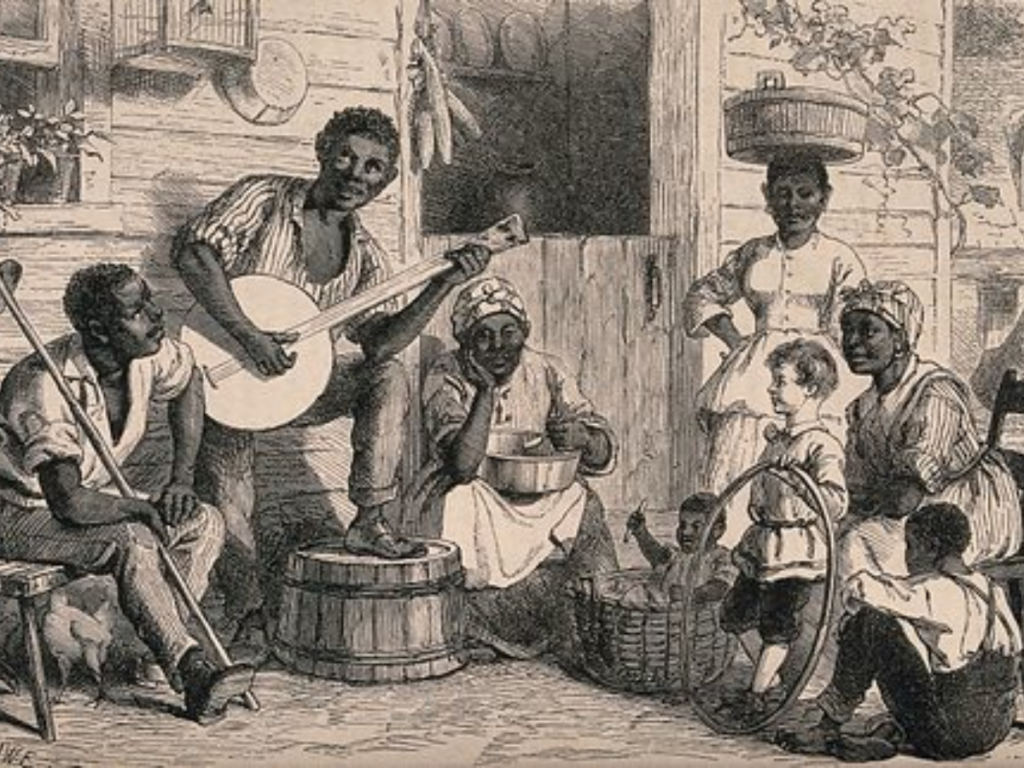
The banjo has a rich history in American music, with roots in African and Caribbean cultures.
It was originally used by enslaved Africans in the United States and eventually became an important instrument in a variety of musical genres, including folk, blues, and bluegrass.
The banjo has played a significant role in the development of American music and continues to be a beloved instrument for musicians and music lovers alike.
Traditional Banjo Stringing
The number of strings can vary depending on the type of banjo being used. However, the most common and traditional banjo configuration consists of four or five strings.
The Standard String Setup for Traditional Banjos
Four?-Five? -String Banjos
These banjos, often referred to as tenor banjos, are commonly used in traditional jazz and Irish music.
They’re typically tuned in fifths, with the standard tuning of C-G-D-A.
This is the most common configuration for banjos, particularly in bluegrass music. The fifth string, known as the drone string or thumb string, adds a distinctive twang to the sound.
The four standard strings are usually tuned to G-D-G-B, with the fifth string tuned to a high D. This tuning allows for a variety of playing styles and techniques.
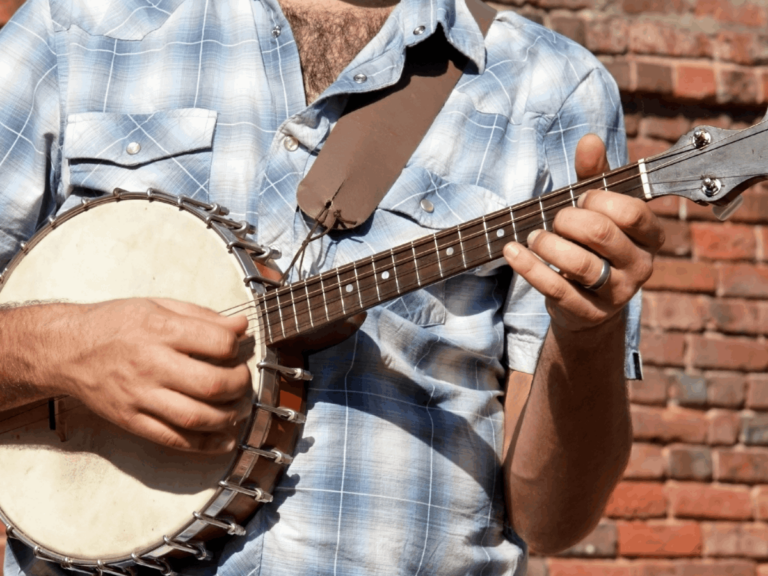
It’s worth noting that there are also other string configurations available, such as six-string banjos and plectrum banjos, which have their own unique characteristics and purposes.
However, for those starting out and looking to explore the world of banjo playing, the traditional four or five-string banjos are a great place to begin.
Four-String Banjos
The Standard String Setup for Traditional Banjos
Four-string banjos are commonly associated with traditional jazz, Dixieland, and old-time music. They’re known for their distinct sound and are often featured in these musical genres.
Four-string banjos standards
Five-String Banjos
Characteristics and uses of five-string banjos
The five-string banjo is a popular instrument used in various genres of music, including bluegrass, folk, and country.
It’s known for its distinctive twangy sound and unique playing style. The banjo guitar typically consists of a round body, a long neck, and a bridge with five strings.
five-string banjo Characters
Six-String Banjos
Characteristics and uses of six-string banjos
While the five-string banjo is often associated with bluegrass and traditional folk music, the six-string banjo has its own unique qualities and uses.
Unlike the five-string banjo, which typically has four strings for playing melodies and one drone string, the six-string banjo has six strings in total, similar to a guitar.
Six-string banjo Characters
Factors to Consider When Choosing Banjo Strings
Choosing the right strings for your banjo is crucial as it can greatly impact your playing experience. Here are some tips to help you select the right strings for your banjo and playing style:
Gauge

The gauge of the strings refers to their thickness. Lighter gauge strings are easier to play and produce a brighter sound.
On the other hand, heavier gauge strings offer a richer and deeper tone.
Consider your playing style and the sound you want to achieve when selecting the gauge.
Material
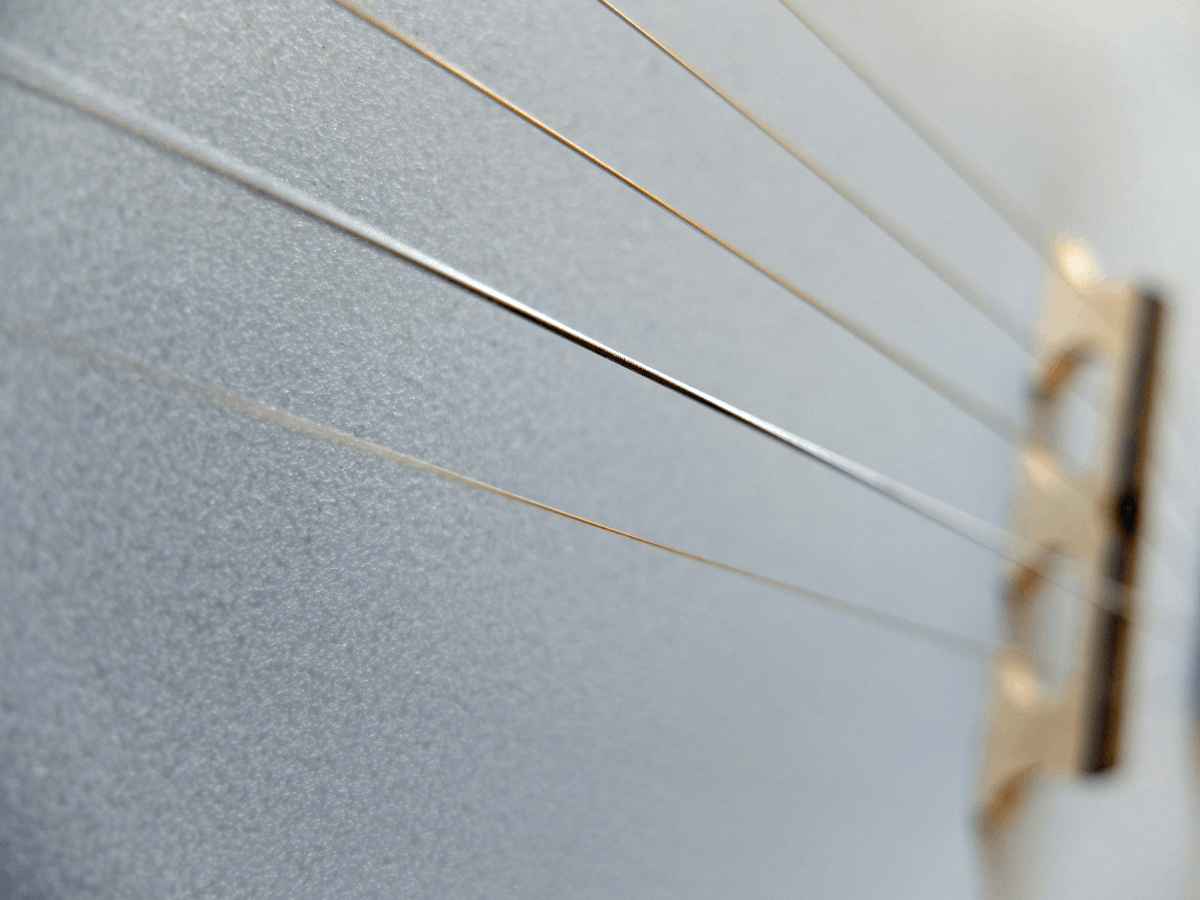
Banjo strings are commonly made of steel, nickel, or bronze. Each material produces a different sound.
Steel strings produce a vibrant and energetic tone, while nickel strings create a more subdued and smooth sound.
Bronze strings offer a balanced tone with a good amount of brightness and warmth.
Coated or Uncoated
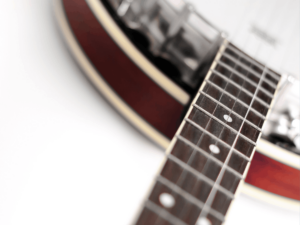
Coated strings have a protective coating that extends their lifespan and prevents corrosion.
On the other hand, uncoated strings offer a more authentic and natural tone. Consider your preferences and your required durability when deciding between coated and uncoated strings.
Playing style
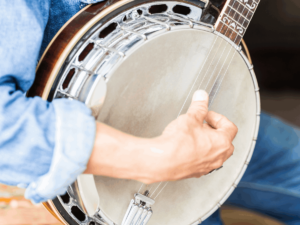
Different playing styles, such as bluegrass, folk, or clawhammer, may require different strings.
Research and seek advice from experienced banjo players to find strings that suit your playing style.
Our Recommended Banjos
Deering Goodtime 2
Deering Goodtime 2 is a high-quality banjo known for its affordability and playability. It features a resonator back that creates a rich and powerful sound, making it suitable for both beginners and intermediate players.
The Goodtime 2 is also highly durable, thanks to its three-ply violin-grade maple rim.
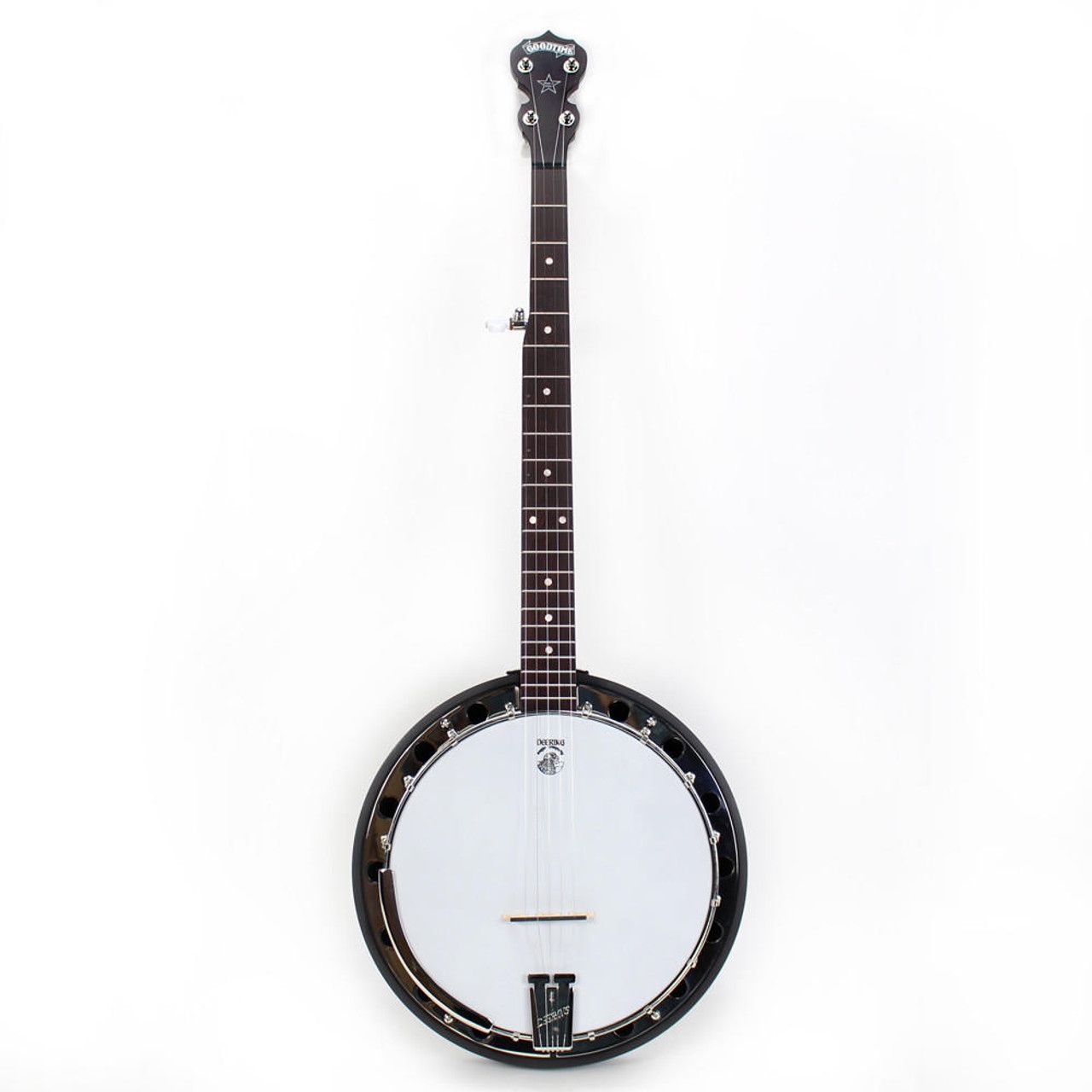
FEATURES: Easy to Play and Versatile sound options
OTHER INFO: High-quality construction
Deering Goodtime 2
When you check the price above, you’ll see there are loads of great places to buy this item. Our personal favorite is Gear4music.
It is the largest music retailer in the UK and fast becoming the most respected online music shop in the US too. Their customer service is excellent, they have competitive prices, really fast shipping, and usually have the longest guarantee.
Most professional musicians use Gear4music, so there is no reason why you shouldn’t too!
- Affordable price
- Lightweight and portable
- Excellent tone production
- Limited customization options
- May require periodic tuning adjustments
The professional musician who wrote this article combined many things,
from the product build, manufacturer’s reputation through to feedback
from other users, to create our famous TedScore™.
Gold Tone CC-100R
Gold Tone CC-100R is a versatile banjo with a resonator that offers a bright and clear tone. It features a maple neck and rosewood fingerboard, providing a comfortable playing experience.
With its adjustable tailpiece and multiple coordinator rods, the CC-100R allows for easy setup and customization.

FEATURES: Rolled Brass Tone Ring
OTHER INFO: Remo Head
Gold Tone CC-100R
When you check the price above, you’ll see there are loads of great places to buy this item. Our personal favorite is Gear4music.
It is the largest music retailer in the UK and fast becoming the most respected online music shop in the US too. Their customer service is excellent, they have competitive prices, really fast shipping, and usually have the longest guarantee.
Most professional musicians use Gear4music, so there is no reason why you shouldn’t too!
- High-quality construction and materials
- Produces a deep, rich and resonant sound
- Excellent value for the price
- Heavier weight compared to some other models
The professional musician who wrote this article combined many things,
from the product build, manufacturer’s reputation through to feedback
from other users, to create our famous TedScore™.
Fender Paramount PB-180E Banjo, Natural
The Fender Paramount PB-180E Banjo in Natural finish is a perfect blend of vintage charm and modern performance. This 5-string banjo boasts a rich, resonant tone with its open-back design and features high-quality construction, a comfortable playing neck, and a beautiful, natural wood finish.
Whether you’re a seasoned picker or a beginner, the PB-180E offers exceptional playability and a timeless banjo sound. Elevate your musical journey with this classic instrument.
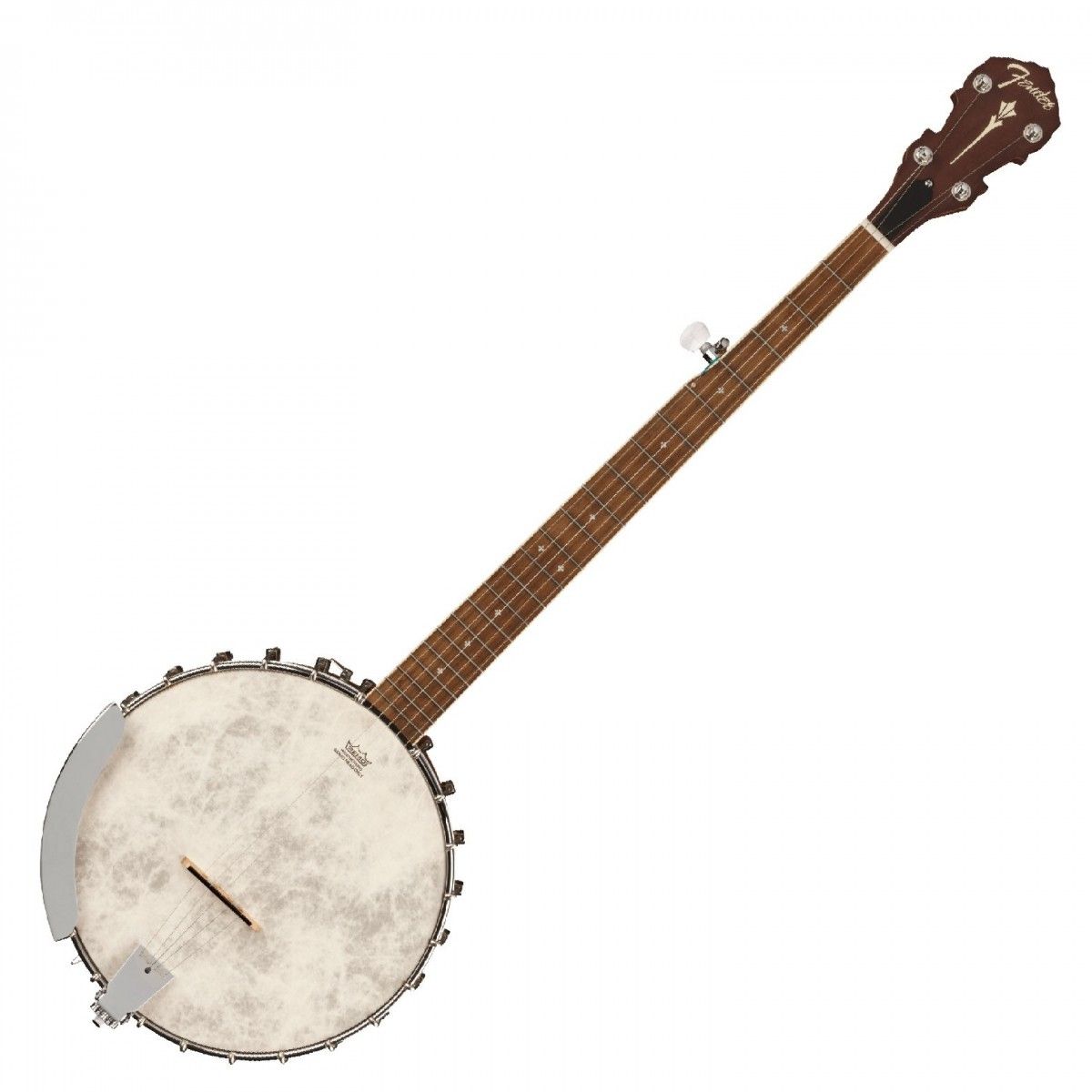
FEATURES: mahogany body, a Remo Fiberskyn head, and a chrome armrest
OTHER INFO: padded gig bag, making it easy to transport
Fender Paramount PB-180E Banjo, Natural
When you check the price above, you’ll see there are loads of great places to buy this item. Our personal favorite is Gear4music.
It is the largest music retailer in the UK and fast becoming the most respected online music shop in the US too. Their customer service is excellent, they have competitive prices, really fast shipping, and usually have the longest guarantee.
Most professional musicians use Gear4music, so there is no reason why you shouldn’t too!
- Rich, clear sound ideal for bluegrass and folk genres.
- Comfortable playing with a chrome armrest.
- Equipped with Fishman electronics for amplified performance.
- May not suit players who prefer resonator banjos for certain genres.
The professional musician who wrote this article combined many things,
from the product build, manufacturer’s reputation through to feedback
from other users, to create our famous TedScore™.
How Many Strings Does A Banjo Have?
Summary
The number of strings a banjo has depends on the specific type and style of the banjo. The most common banjos have four or five strings, but there are also six string banjos and even more unique variations.
It’s important to choose the type of banjo that suits your playing style and preferences.
Whether you’re a beginner or an experienced player, exploring different types of banjos can help you find the right instrument for your needs.
Remember to consider factors such as the sound you want to achieve and the type of music you’ll be playing.
With the right banjo and proper stringing techniques, you can create beautiful music and enjoy playing this versatile instrument!
Wait, there’s more!
Looking to start your musical journey with another fun and versatile instrument like the banjo?
Check out our list of the Top 15 Best Ukulele For A Beginner!
With a range of styles, colors, and prices, these ukuleles are perfect for anyone looking to learn and play their favorite tunes.
FAQ's
Banjos can have either 5 or 6 strings, depending on the type of banjo. The 5-string banjo is the most common type and is often used in bluegrass music, while the 6-string banjo is less common and is typically used in jazz and other styles of music.
Banjos can have either 5 or 6 strings, depending on the type of banjo. While 5-string banjos are more common, 6-string banjos do exist and are typically used in jazz and other styles of music.
The 4-string banjo is generally considered easier to play than the 5-string banjo, as it has fewer strings and a simpler tuning. The 5-string banjo is more commonly used in bluegrass music but requires more practice and skill to play effectively.
It’s difficult to say whether the banjo is harder than the guitar, as it depends on the individual player’s experience and skill level. Both instruments have their own unique challenges and require practice and dedication to master.










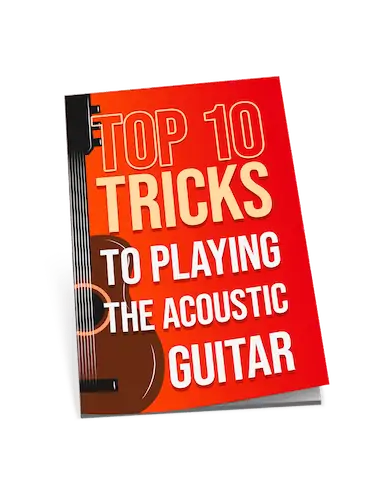
Hey, in the section about choosing banjo strings, gauge and material were mentioned as important factors. I’m just getting into banjos, so could anyone recommend what’s best for a beginner like me? I’m leaning towards getting the Deering Goodtime 2 since it’s recommended here but wanna make sure I start off with the right set of strings. Any advice?
Dave C., for beginners, lighter gauge strings might be more comfortable and easier on your fingers. The Deering Goodtime 2 is a great choice! Just make sure to check if it comes with strings suited for beginners.
Following this! Wondering the same about what strings to start with.
Had no idea there were so many types of banjos lol
Really enjoyed the part about five-string banjos. That’s where the heart of banjo music beats, in my opinion. The characteristics and uses section was spot on, especially when talking about bluegrass and folk music. Would love to see more articles delving into specific playing techniques unique to five-string banjos!
Hey Lewis Turner, I’ve been really getting into the specifics of banjo playing lately and your article shed some light on a lot of things I was curious about. But I’ve got a question about the six-string banjos. Do they tune the same way guitars do, since they have six strings? Or is there a specific tuning that banjo players prefer to adhere to? Just trying to understand how the crossover from guitar to banjo might work since I’ve got a background in guitar. Appreciate the insights!
Maggie S., yup, six-string banjos are usually tuned like guitars, making them perfect for guitarists transitioning to banjo. Gives you a familiar feel while allowing you to explore a new sound.